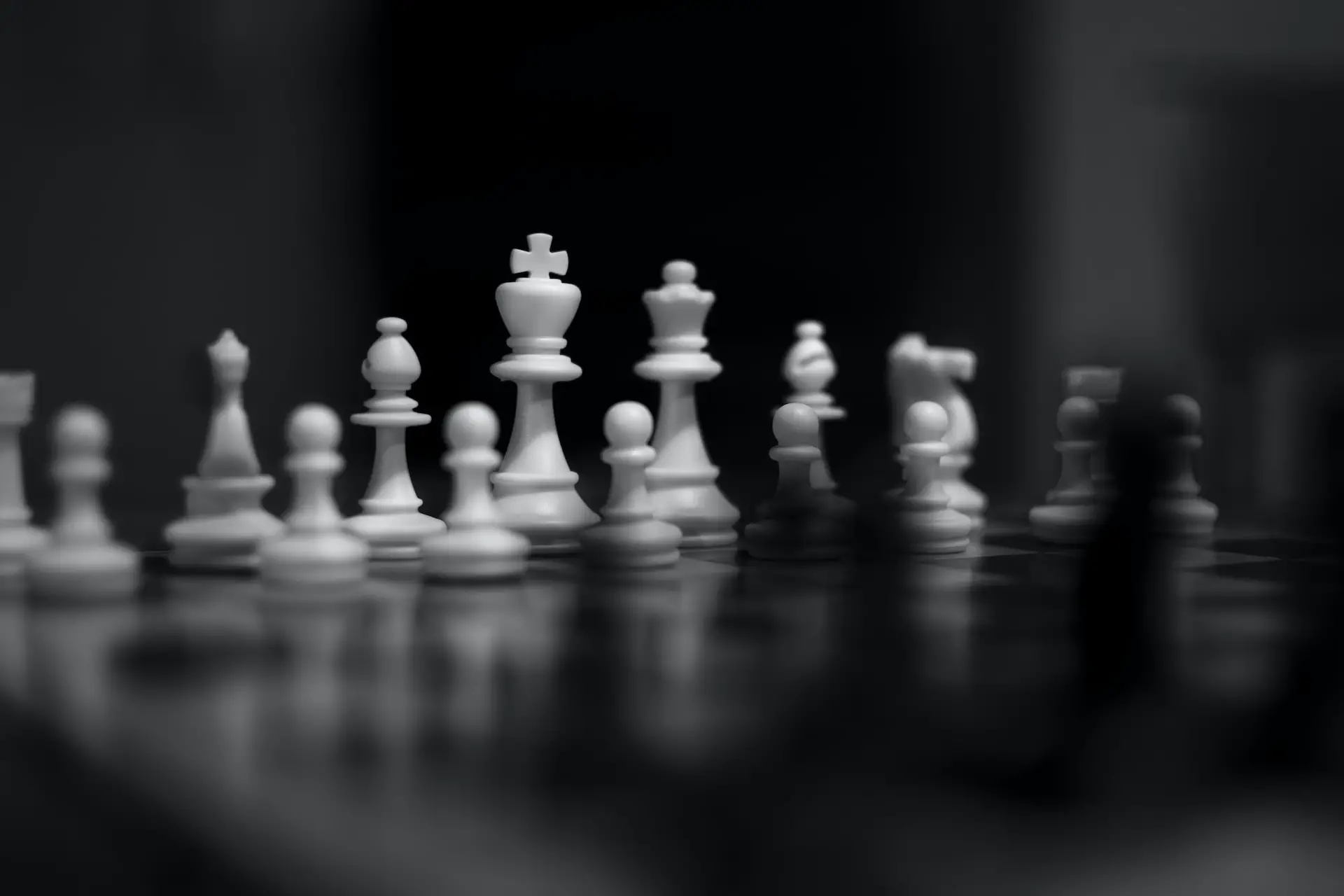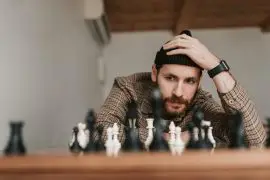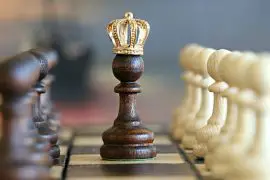Can Chess End in a Draw? Introduction
Contents
Can chess end in a draw? Yes, it can. Chess games end in draws more often than you think.
There are many ways in which chess ends in a draw. A draw in chess is when neither of the two players wins or loses. The game ends in a tie, and both players earn a half-point.
Draws are very common in professional chess tournaments. In fact, most players will try to force a draw instead of losing a game. Sometimes draws happen unexpectedly.

Sometimes they are calculated. Most often, a draw in chess occurs when a player proposes or claims a tie. But sometimes, an arbiter will decide to end the game and declare a draw.
Here are some of the ways a game of chess can end in a draw.
Can Chess End in a Draw? Types of Draws in Chess
1. Stalemate
A stalemate is one of the ways a game of chess can end in a draw. A stalemate happens when a player has no legal moves to make, and their king is not in check. The move that caused this position of stalemate also has to be completely legal.
The stalemate rule can come in handy when you are in a losing position. But if you have the upper hand, you have to do your best to avoid a stalemate. Stalemates usually happen when a player tries to force their opponents onto a checkmate. While trying to put the opposing king into check, it is very important to make sure that the player has other legal movements to make.
Please refer to this article for more information on the stalemate rules in chess and how to avoid them.
2. Dead Position

A dead position when neither player can checkmate the opponent’s king in any legal move. The move that generated this situation must be legal. Then the game ends in a tie.
This position commonly happens when there is an insufficient amount of pieces on both sides or insufficient time. An example is when a player runs out of time, and the opponent does not have enough chess pieces to enable a checkmate.
3. Mutual Agreement
This type of draw does not happen very often. A draw by mutual agreement is when a player proposes to end the game in a draw, and the other player agrees to it. Both players will then score a half-point. This happened in 2018 in a game between Fabiano Caruana and Magnus Carlson.
4. Threefold repetition
This type of draw in chess occurs when the same position is repeated thrice in the same game. This happens when chess pieces of the same size and color occupy identical squares as before.
A threefold repletion will not end in a draw automatically. But it can end in a tie if the player who has the move requests a tie. This rule can be a lifesaver for a player on the losing end.

5. 50-Move Rule
The 50-move rule is when a player requests a draw after 50 consecutive moves are made without capturing any pieces or moving a pawn. This is a good rule that prevents both the players and spectators from wasting time on a game that is not likely to end in any way.
Can Chess End in a Draw? Conclusion
There are many ways a game of chess can end in a draw. Draws are clever tools to save you from losing. Understanding how each draw works will help you get better at chess and save yourself from elimination in a tournament.
*All pics are taken from Unsplash.com





